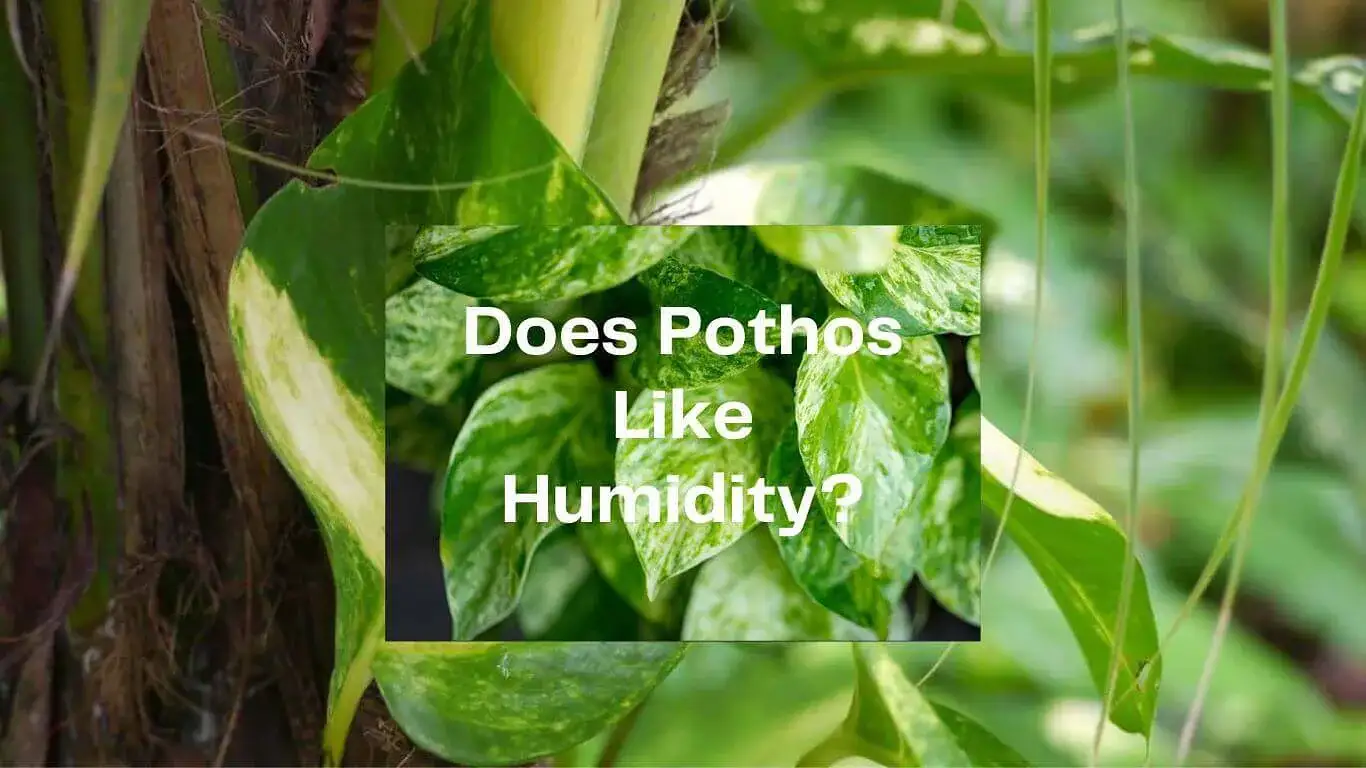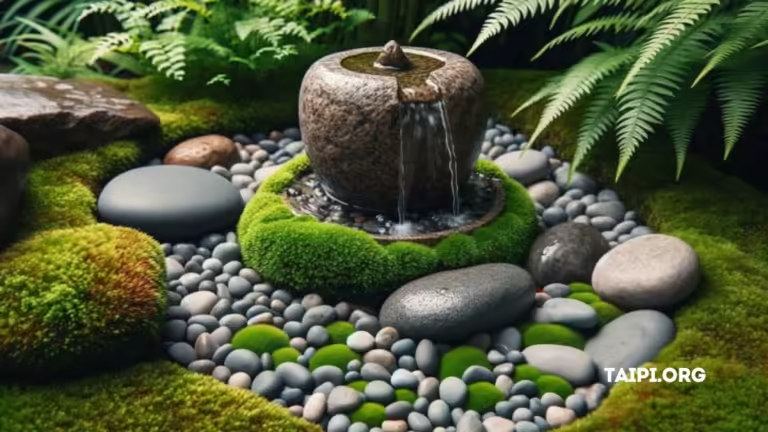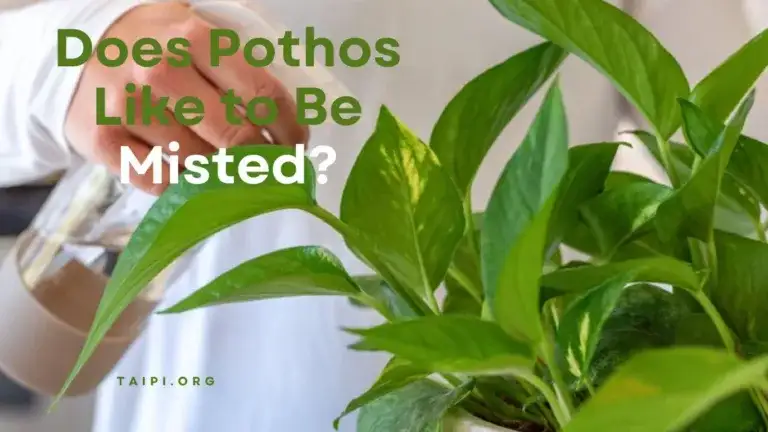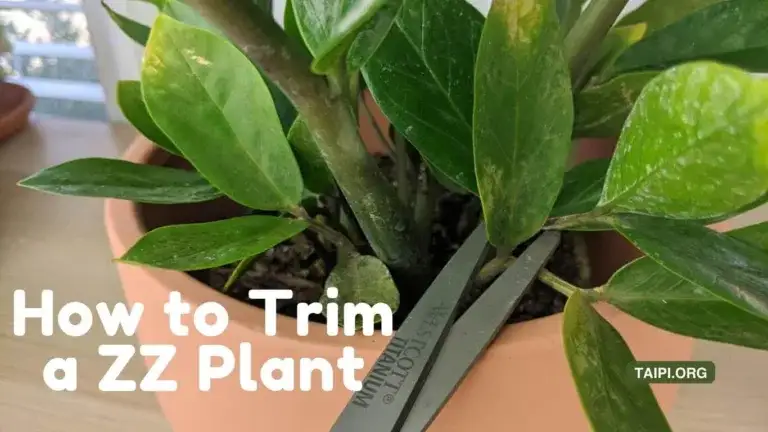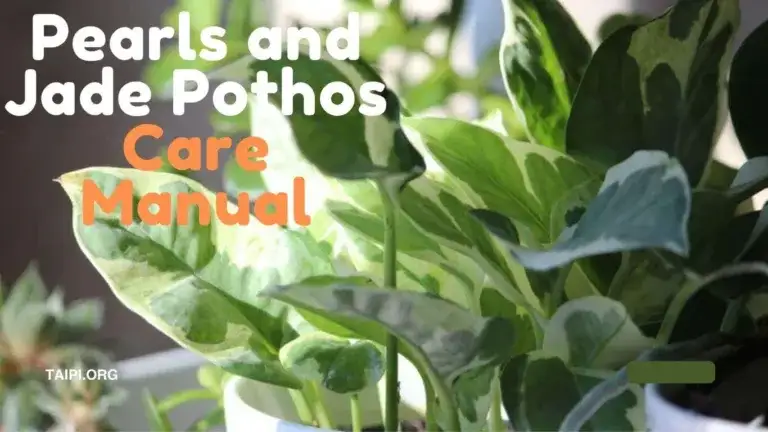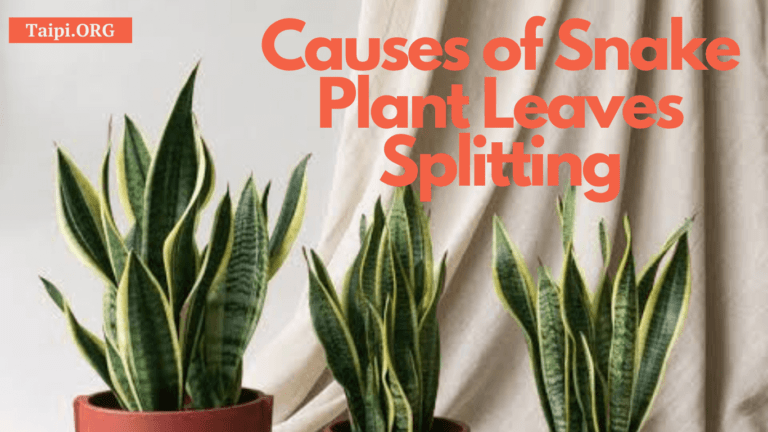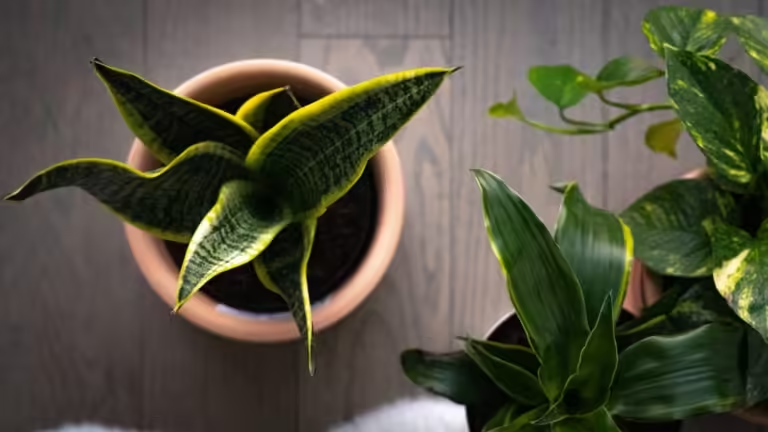Does Pothos Like Humidity?
Pothos generally appreciates moderate to high humidity levels. Being a tropical plant, native to the Solomon Islands, pothos naturally thrives in humid environments.
Providing moderate humidity can help keep your Pothos healthy and thriving.
However, it’s worth noting that Pothos is a resilient plant and can tolerate a range of humidity levels, including drier indoor environments common in many homes.
If the air is too dry, occasional misting or placing the plant near a humidifier can help increase the moisture around the plant.
While Pothos can tolerate various humidity levels, it tends to do best in moderate to high humidity environments, which mimic its natural habitat.
How Humidity Affects Your Pothos Plant
Humidity plays a crucial role in the well-being of your Pothos, influencing its transpiration process.
This process involves the absorption of nutrient-rich water by the roots, followed by the release of excess water through tiny pores, or stomata, located on the undersides of the leaves after the plant has utilized the nutrients.
Insufficient humidity can disrupt this process.
When humidity levels are low, the plant hesitates to fully open its pores, slowing down transpiration and affecting the overall health of the plant.
While Pothos is resilient and may not immediately display adverse effects, its overall performance can be compromised.
Maintaining the appropriate humidity levels for Pothos, typically between 50 – 70%, fosters healthier growth.
However, excessive humidity can lead to issues such as mold, fungal diseases, and root rot, potentially fatal if left unaddressed.
Determining the Right Humidity Levels

Humidity refers to the amount of water vapor in the air, influenced by factors like temperature and moisture content.
Achieving optimal humidity levels involves understanding your indoor environment and implementing strategies to maintain suitable conditions for your Pothos.
Monitoring humidity levels requires a hydrometer (pictured above ⬆), a simple and affordable tool that provides humidity and temperature readings.
To ensure you have accurate humidity measurements, place the hydrometer near your plant, as humidity levels can vary within a room.
Maintaining humidity of 50 -70 % is ideal for Pothos, reflecting its tropical origins. Regular monitoring helps ensure consistency, as humidity levels fluctuate due to factors like weather and heating.
How to Address High Humidity Levels in Pothos
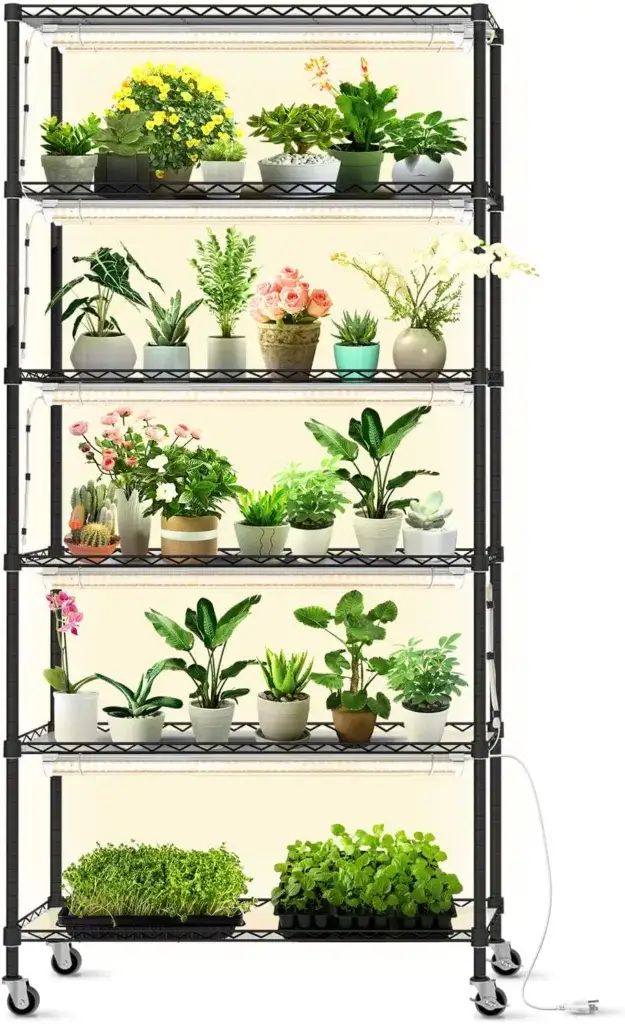
Excess humidity can result from overwatering, which leads to moisture accumulation in the soil and surrounding air. Adjusting your watering routine to allow the soil to dry between waterings prevents excessive humidity buildup.
Choosing well-draining potting soil and pots of appropriate size promotes healthy root growth and prevents water retention.
Enhancing air circulation around your Pothos by opening windows or using fans reduces humidity levels and mitigates potential issues.
Additionally, utilizing grow lights effectively simulates sunlight, enhances evaporation, and extends daily growth periods.
Selecting suitable grow lights (pictured ⬆) tailored to your plant’s needs ensures optimal performance without overexposure.
How to Tell Your Pothos is Suffering from Low Humidity
Low humidity is a common concern for houseplants, including Pothos, particularly in heated and sealed indoor environments. Symptoms of low humidity include brown leaf tips, dry leaf margins, wilting, and yellowing leaves.
Signs Your Pothos Requires Increased Humidity
Several signs indicate that your Pothos is craving higher moisture levels in the air. Recognizing these signals will help you to act promptly to boost humidity and ensure your plant thrives.
Wilting of Leaves
Whether you have a Neon Pothos or a Marble Queen Pothos, adequate humidity is essential.
Sudden leaf drooping often indicates that the air is too dry. As Pothos leaves begin to wilt or curl, they may eventually turn brown, signaling severe distress.
Quick Tip: Revive wilted leaves by increasing air moisture. Avoid overwatering, which can lead to root suffocation and rot.
Dropping Leaves
Discovering leaves scattered around the Pothos pot suggests issues with watering, either over or underwatering, or insufficient humidity.
To determine the cause, check the soil’s dryness by inserting your finger about an inch deep.
Dry Soil
Dry soil indicates low humidity around your Pothos. When watering dry soil, water may rapidly drain through, failing to adequately hydrate the plant.
To address this, immerse the Pothos pot in water for about an hour, allowing the roots to absorb moisture. Then, increase air humidity using suitable methods.
Brown Leaf Tips
Brown leaf tips often stem from low humidity. Check for pests like aphids or spider mites, as they can also cause brown tips. Boost humidity levels if no pests are present, ensuring adequate indirect light exposure.
Additionally, use fluoride-free water to prevent leaf tip browning.
Consider: How to Reduce Fluoride Toxicity in Houseplants
Brown Dry Circles
Brown dry circles on Pothos leaves indicate significant issues that increased humidity alone may not resolve. Trim affected leaves, repot the plant in fresh, well-draining soil, and maintain optimal humidity levels to promote recovery and new growth.
Yellow Foliage
Pale, yellow leaves are common during dry winter months. So, you shouldn’t really worry. However, if you notice yellow foliage on your pothos during summer or other seasons, you should do something.
Apply diluted fertilizer and enhance humidity to restore leaves to their vibrant green hue.
Ensure soil moisture by watering appropriately and trimming any excessively damaged leaves to encourage healthier growth.
Lightweight Pot
A lightweight Pothos pot signals dry soil and inadequate moisture absorption. You can solve this by soaking the pot in water for an hour to allow soil hydration and nutrient absorption. After soaking, ensure proper drainage and maintain humidity levels to prevent future soil dryness.
How to Boost Humidity Near Your Pothos
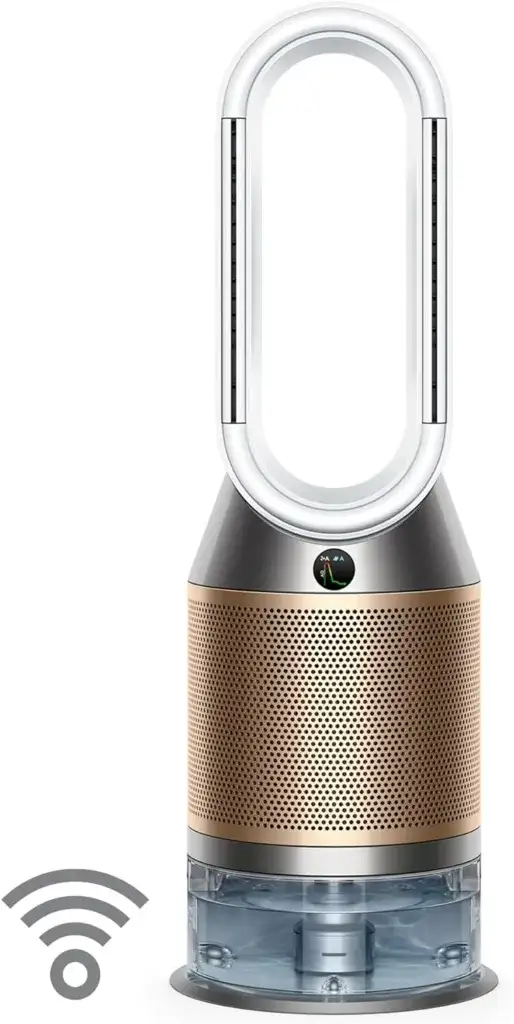
If the air in your home is too dry for your Pothos, here are some simple methods to increase humidity and enhance your plant’s health:
Use a Humidifier
A humidifier (pictured ⬆) is an effective way to humidify the air around your Pothos, providing the consistent moisture it craves.
Position the humidifier properly so that the water vapor falls evenly onto your plant.
Remember to regularly clean your humidifier to prevent mildew and mold growth, which can be harmful to both your Pothos and your family’s health.
Try a Pebble Tray
Set up a pebble tray as an economical method to add moisture near your Pothos.
Fill a tray with pebbles and add water until it reaches the top of the pebbles without covering them.
Place your Pothos pot on top of the pebbles, ensuring it doesn’t sit directly in the water to avoid root rot. Clean the tray regularly to prevent mildew and pests.
Mist with a Spray Bottle
Use a spray bottle to mist your Pothos with a fine spray of water, boosting humidity as the mist evaporates from the leaves.
Mist your plant in the morning to allow water to evaporate before nightfall. When misting, avoid forming droplets on the leaves, as they can attract pests and promote mold growth.
Group Plants Together
Grouping multiple plants creates a microclimate where they release moisture, increasing humidity for all plants involved.
This method benefits both your Pothos and other tropical plants, creating a natural humidity boost without additional cost.
Placing the plants in a container filled with damp peat moss helps to maintain moisture levels.
Bathroom Shower May Help
Take advantage of the high humidity in your bathroom by bringing your Pothos in during showers. The steam from the shower increases humidity, providing a refreshing boost for your plant.
Wipe off excess water from the leaves afterward to prevent issues.
Erect an Indoor Greenhouse
You can opt for erecting an indoor portable greenhouse to create an ideal climate for your Pothos.
These greenhouses mimic tropical settings, offering consistent humidity levels and protection from dry air.
Adjust the humidity inside the greenhouse as needed to maintain optimal conditions for your plant’s growth and well-being.
Frequently Asked Questions (FAQs)
Q: Does pothos require high humidity to thrive?
A: Pothos does appreciate moderate to high humidity levels, which mimic its natural tropical habitat. While it can tolerate varying humidity levels, maintaining higher humidity often results in healthier growth and foliage.
Q: What happens if pothos doesn’t get enough humidity?
A: Insufficient humidity can lead to issues such as slowed transpiration, wilting leaves, and overall reduced vigor. While Pothos is resilient, low humidity levels may eventually impact its health and appearance.
Q: How can I increase humidity for my pothos indoors?
A: There are several methods to boost humidity around your Pothos, including using a humidifier, placing the plant on a pebble tray filled with water, misting the leaves regularly, grouping plants, and utilizing techniques like bathroom showers or indoor greenhouses.
Q: What are the signs of excessive humidity for pothos?
A: While Pothos prefers higher humidity, excessive moisture in the air can lead to problems like mold, fungal diseases, and root rot. Signs of overly humid conditions include wet brown spots on leaves, flaccid stems, and a general decline in plant health. Monitoring humidity levels and ensuring proper airflow can help prevent these issues.
My Closing Remarks on Does Pothos Like Humidity?
While pothos is a resilient plant that adapts to varying environmental conditions, it undeniably benefits from adequate humidity levels, mirroring its lush tropical origins.
Providing the plant with the right amount of moisture in the air fosters optimal growth and vitality.
Whether using humidifiers, pebble trays, misting, or strategic grouping with other plants, maintaining suitable humidity levels contributes to vibrant foliage and overall well-being.
By understanding and attending to the humidity needs of Pothos, you can create a nurturing environment where this beloved plant thrives, adding beauty and greenery to our indoor spaces.

